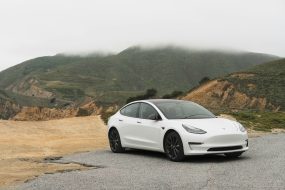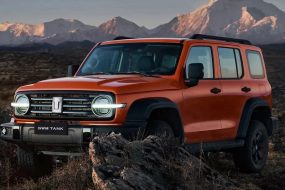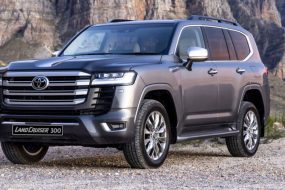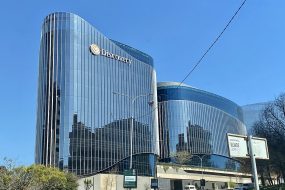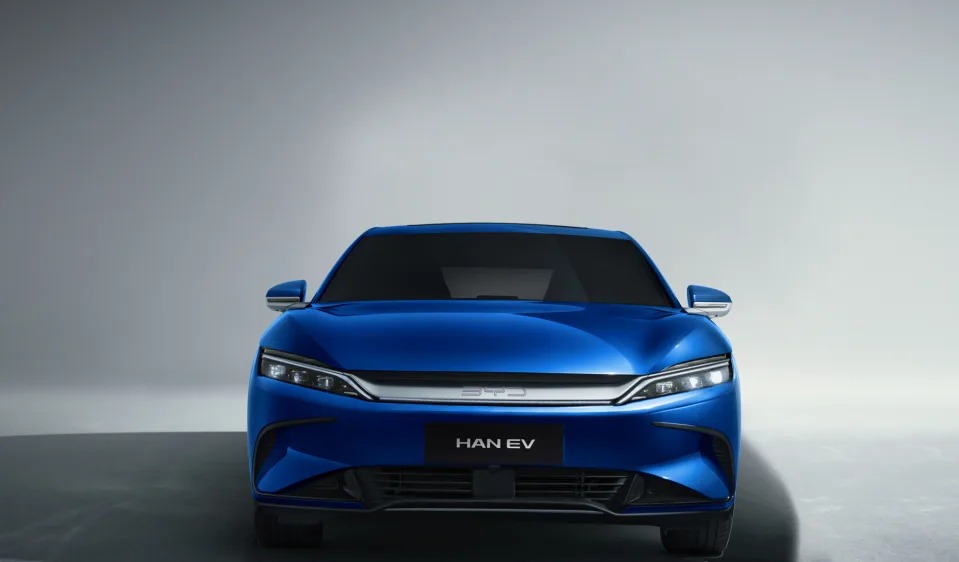
BYD, a leading Chinese electric vehicle (EV) manufacturer, has unveiled its latest innovation: the “Super e-Platform,” capable of delivering a peak charging power of 1,000 kilowatts (kW). This advancement allows vehicles to gain approximately 400 kilometers (about 249 miles) of range with just a five-minute charge, effectively addressing the charging time disparity between EVs and traditional gasoline-powered cars.
Founder Wang Chuanfu emphasized the company’s commitment to alleviating users’ charging concerns by striving to make EV charging as quick as refueling conventional vehicles.
The Super e-Platform will debut in two of BYD’s upcoming models: the Han L sedan and the Tang L SUV. These vehicles are set to launch next month, with starting prices around 270,000 yuan (approximately $37,330).
To support this rapid charging capability, BYD plans to establish over 4,000 ultra-fast charging stations across China. While specific timelines and budgets have not been disclosed, this initiative signifies a substantial investment in the nation’s EV infrastructure.
This development positions BYD ahead of competitors like Tesla, whose current Superchargers offer peak charging speeds of up to 250 kW, with plans to introduce 500 kW chargers later this year. BYD’s 1,000 kW charging technology not only doubles Tesla’s upcoming capabilities but also significantly reduces charging times, potentially transforming the EV user experience.
In addition to its charging advancements, BYD is exploring other innovative features, such as a roof-mounted drone launcher developed in collaboration with DJI. This reflects the company’s broader strategy to integrate cutting-edge technologies into its vehicles, enhancing the overall driving experience.
BYD’s aggressive growth strategy has yielded impressive results, with the company selling 1.76 million cars in 2024, primarily within the Chinese market. This figure brings BYD’s sales close to those of Tesla, underscoring its rapid ascent in the global EV industry.
In summary, BYD’s introduction of the Super e-Platform marks a significant milestone in EV technology, offering unprecedented charging speeds and reinforcing the company’s position as a formidable competitor in the electric vehicle market.
For a visual overview of BYD’s Super e-Platform, you can watch the following video:
Founder Wang Chuanfu emphasized the company’s commitment to alleviating users’ charging concerns by striving to make EV charging as quick as refueling conventional vehicles.
The Super e-Platform will debut in two of BYD’s upcoming models: the Han L sedan and the Tang L SUV. These vehicles are set to launch next month, with starting prices around 270,000 yuan (approximately $37,330). citeturn0search1
To support this rapid charging capability, BYD plans to establish over 4,000 ultra-fast charging stations across China. While specific timelines and budgets have not been disclosed, this initiative signifies a substantial investment in the nation’s EV infrastructure.
This development positions BYD ahead of competitors like Tesla, whose current Superchargers offer peak charging speeds of up to 250 kW, with plans to introduce 500 kW chargers later this year. BYD’s 1,000 kW charging technology not only doubles Tesla’s upcoming capabilities but also significantly reduces charging times, potentially transforming the EV user experience.
In addition to its charging advancements, BYD is exploring other innovative features, such as a roof-mounted drone launcher developed in collaboration with DJI. This reflects the company’s broader strategy to integrate cutting-edge technologies into its vehicles, enhancing the overall driving experience.
BYD’s aggressive growth strategy has yielded impressive results, with the company selling 1.76 million cars in 2024, primarily within the Chinese market. This figure brings BYD’s sales close to those of Tesla, underscoring its rapid ascent in the global EV industry.
In summary, BYD’s introduction of the Super e-Platform marks a significant milestone in EV technology, offering unprecedented charging speeds and reinforcing the company’s position as a formidable competitor in the electric vehicle market.









